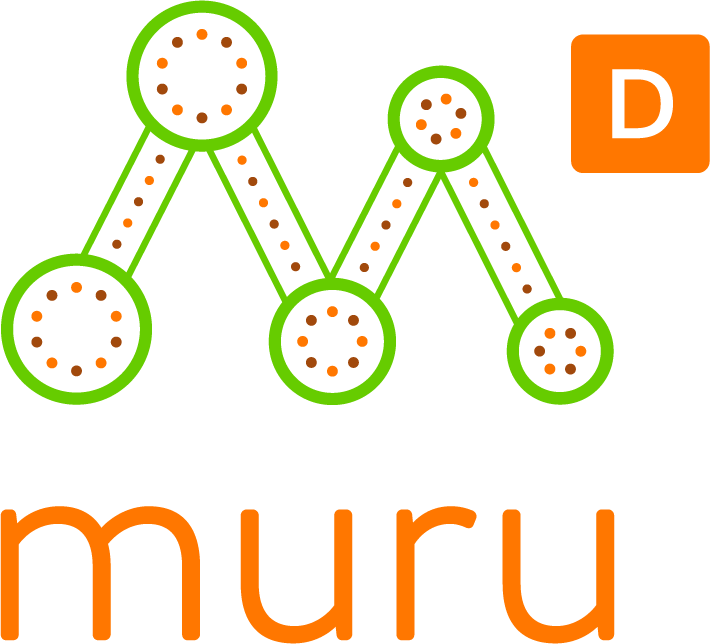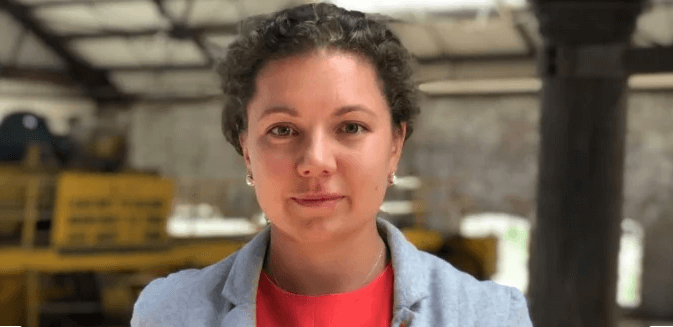On-Farm Data Unlocking Sustainability Premiums in the Post-COVID-19 World
By Anastasia Volkova
Founder | FluroSat
With COVID-19 accelerating changes in consumer behavior, it has become apparent that there are increased consumer demands on companies and brands to provide transparency into their supply chains and that consumer is ready to pay for it. Conscious consumer behavior is more than just a trend that is associated with Gen Z, it is becoming increasingly prevalent across consumer groups, but what does it mean for the agricultural industry supply chain?
Transparency of the supply chain can be thought of in multiple ways, including food safety, the social impact of the brand or the product, and environmental impact.
Food safety is the fundamental requirement that has been imposed on the agriculture supply chain for decades and has made the food safety certification an established process for both primary producers and other parties in the supply chain.
The social impact of the brand largely pertains to their standards of treating the workers at the bottom of the supply chain, including following the fair trade principles and giving back to communities that help brands source their goods.
The environmental impact indicators have made it to consumer labels relatively recently, and unlike more established food safety and social impact certifications, they are directly linked to the crop management practices followed by the primary producer.
The direct dependence of the consumer-recognized value on the on-farm practices creates an opportunity to capture this value through the use of on-farm sustainability, and environmental-related data. This begs the question: “how can farmers and their advisors turn this consumer demand into an additional source of farm income?”


